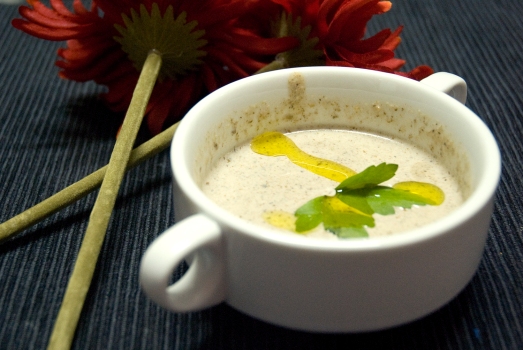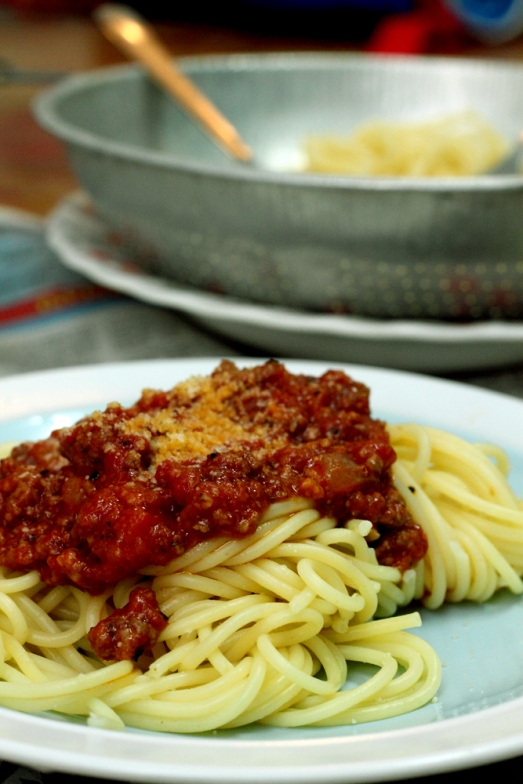Stewing beef, or any other meat basically can be broken down into two steps, reducing the stew and then simmering until the end. There are loads of variation on how to prepare beef stew, but what i’m showing here will be the most basic stuff which after you have mastered can be taken into the next level.
Ingredients (Serves 4)
for the beef
a kilo of cubed beef chuck (chuck is used because it is one of the toughest meat on a cow, suitable for long cooking that stewing involved)
all-purpose flour/wheat flour (enough to cover the meat)
white pepper powder (enough to cover the meat)
paprika powder (enough to cover the meat)
for the stew
2 tablespoon of butter
a tablespoon of cornflour/cornstarch
2 litres of beef stock
one large onion, diced
a tablespoon of tomato paste/puree
4 medium carrots, cut into small pieces
3 large russet potatoes, peeled and cut into golf ball pieces
4 celery stalks, cut into small pieces
2 bay leaves
a teaspoon of dried rosemary
a teaspoon of dried parsley
salt & freshly ground black pepper
Mix the flour, white pepper and paprika powder in a bowl and coat the beef entirely. Pan fry the beef on a skillet until brown on all side. Transfer to a plate and set aside.
Melt butter in a large deep sauce pan or pot. Cook the onion until lightly browned. Then add the tomato paste and cook while stirring for about a minute. Then stir in the flour, and cook until the flour had absorbed the liquid inside the pan. Immediately deglaze with a litre of the beef stock and bring to a simmer. Add the beef, the bay leaves, rosemary and parsley and let reduce the liquid for about an hour. It the liquid has reduced to much before the hour mark, add a cup or two of water. Once the stew has reduce, add in the remaining beef stock, season with salt and pepper and stir in all the remaining vegetables including the potatoes. Cover the pan and continue simmering for another hour.
About 15 minutes until the final hour mark, finish off with a dash of lemon juice and check the seasoning. Add more salt and pepper to your desire. If you want a thicker broth, leave that final 15 minutes of simmering with the cover off, otherwise return the cover to the pan.
Serve with bread, baguette or own its own. Marvelously delicious!








